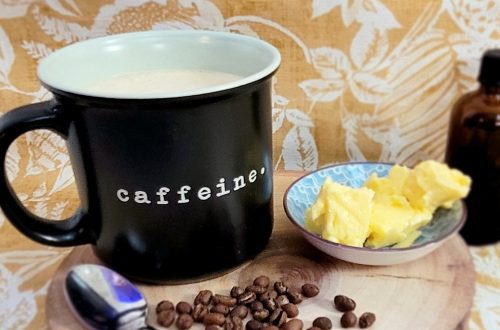The Best Milk for Frothing – Dairy and Dairy-Free Options
If you drink milk with your coffee, then there’s every reason to indulge and elevate your cup of joe with a delicious, thick layer of froth. Take things a step further and latte art opens up endless possibilities for the creative enjoyment of coffee. We’ll be taking you through a look at the best milk for frothing, covering both dairy and non-dairy milk, so that you know all of your options when fulfilling a decadent, artistic craving and decide to whip up the perfect cup of coffee.
Best Milk For Frothing, Dairy & Plant-Based Latte Art & Flavor Infusion
What Dairy Milk Is Best For Frothing?
Dairy milk, such as Maple Hill Shelf Stable Whole White Milk (available on Amazon), is the most common choice for most who want to froth their own milk at home, with whole milk being perfect due to its protein and fat content. Cow’s milk contains around 3.5% protein and 3.25% fat on average. Certain enriched milks reach as high as 4% fat.
The froth of whole milk is dense and creamy due to the way in which the protein, helped by the hot air water vapors which are forced into the milk, help it to retain it’s shape and stay frothy. Protein encases the air bubbles that have been created by the steaming head, or alternate source of steam, when using a frother. Too little protein, as is the case with skimmed milk, means that a much too quick-settling microfoam is created.
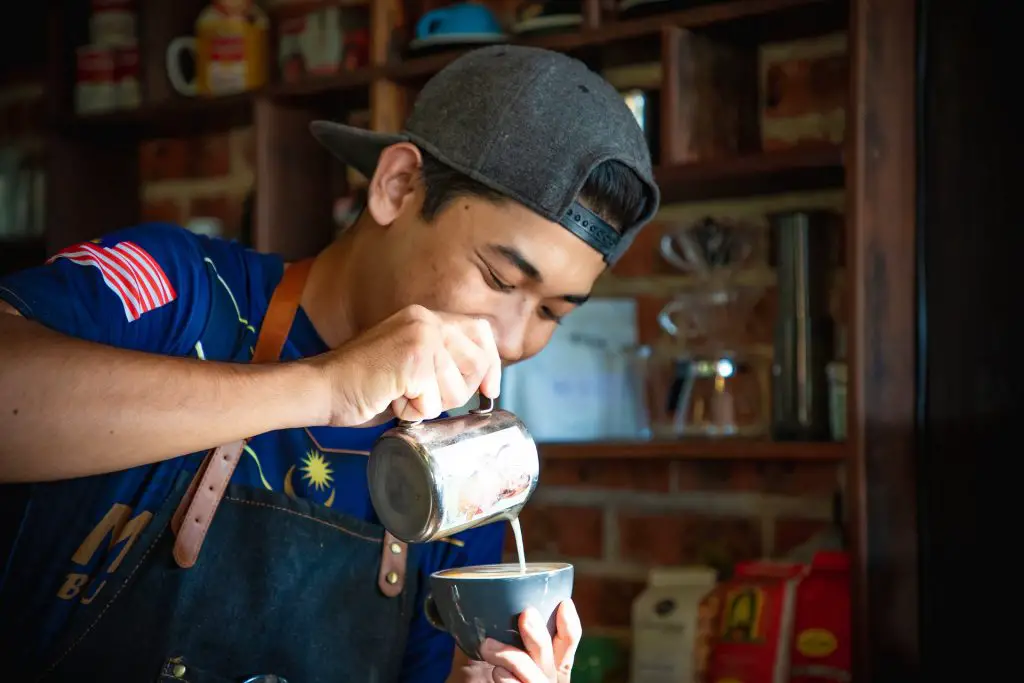
Similarly, if the fat content of the milk which aids creaminess and consistency is too high, the bubbles won’t be able to hold their shape leading to the foam dissipating quickly. Fat molecules in milk stabilize the foam as it forms by surrounding the air resulting in entrapment in a bubble. The lower the fat content, the better the foam will stabilize at a higher temperature.
Each type of milk results in a different consistency and mouth-feel while also altering the flavor slightly. Skim milk forms lots of bubbles, but they dissipate quickly, whereas full cream milk gives a good balance between bubble and stability, resulting in a creamy density that happens to be perfect for latte art and just about any frothy coffee you’d like to make.
What Dairy-Free Milk Is Best For Frothing?
Most dairy-free milk is typically low in protein, making it hard for the foam to form and hold without rapidly vanishing before your eyes before any art is possible. As one can see from the table above, oat milk has the ideal composition for forming foam with a workable texture. Oat milk is easily the best non-dairy milk for frothing, leading the way in both technical evaluations and first-hand independent testing available via video online even though soy comes in a close second due to its high protein and fat. The only downside to soy is that processing techniques and the exact density of fat to protein used by each manufacturer is so varied that you often end up with milk that’s hard to froth despite at first appearing viable. Barista soy and Barista oat milk are the best.
Protein | Fat | |
Cow’s Milk (For Comparison) | 8.22 g | 7.9 |
Oat Milk | 4 g | 2.5 |
Almond Milk | 1.05 g | 2.52 g |
Soy Milk | 7 g | 4 g |
Coconut Milk | 1 g | 6 g |
Rice Milk | 0.3 g | 1 g |
Hemp Milk | 4 g | 3 g |
Cashew Milk (Store-bought) | 2 | <1 |
Macadamia Milk | 1 g | 4.5 g |
What milk is best for:
- Frothing Latte
For a dense layer of froth for a cappuccino or latte, go for whole milk. It’s relatively easy to froth up decadent silky layers of sweet foam without much chance of anything going wrong. Whole milk froth forms quickly and takes a while to dissipate which is exactly what you need for a latte. If you want light and fluffy froth that’s lighter than whole milk, froth up low fat milk instead.
- Latte Art
Whole milk offers the greatest flexibility for beginners but won’t allow for the most delicate artwork. Skim milk or 2% is far better for forming foam, but the bubbles are highly temperamental and are easily disturbed and damaged. For example, all Starbucks baristas form foam from 2% low-fat milk instead of whole milk. We suggest that anyone interested in latte art begins with whole milk or oat milk if opting for something dairy-free as it is the most forgiving. Otherwise, consider buying barista milk for the best froth possible.

- Cold Frothing
Cold frothing calls for either skim milk or oat milk. Anything else requires too high of a temperature for the bubbles to stabilize. Frothing without heat needs milk that’s as light as possible, so one looks for a milk type that’s low in fat. Keep in mind, the fresher the milk, the easier it froths, so always try to find the freshest milk possible when cold frothing in particular.
- Frothing Nespresso
Nespresso has several milk frothers available. The most popular at the time of writing is the Nespresso Aeroccino 3, which both generates froth and heats milk for Caffe Latte. Hot or cold dairy or plant-based milk can be used in any Aeroccino frothers. There’s no need to heat milk beforehand to reach the ideal taste and consistency for warm froth, and all the same rules apply to determining the ideal milk type or frothing. As always, unless you’re willing to splash out for Barista milk, whole milk or low fat (2%) are the top recommendations and oat milk for those seeking a plant-based alternative.
How To Froth Milk
There are several ways to froth milk, starting with the easiest way, using a frother, and ranging to everything from frothing in a microwave to frothing by hand. We’ll be taking you through a brief look at how to froth milk using various techniques and apparatus.
- With A Milk Frother
Heat the milk to piping hot and dispense it into a tall vessel unless you’re cold frothing. Tilt the vessel to a 45-degree angle and run the frother while moving the steam wand up and down the container to form evenly sized bubbles by breaking the large ones as you froth. Once all the milk is frothy, pour steadily into your coffee or other beverage.
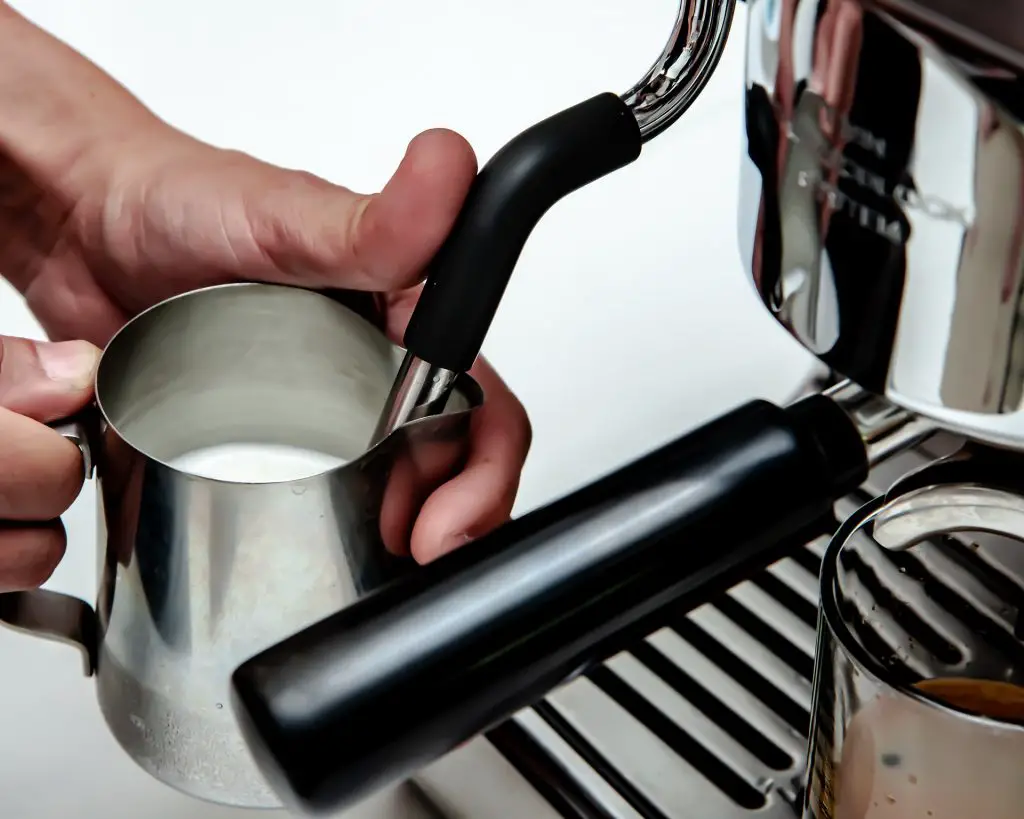
- By Hand
Unless you’re experienced with a hand whisk, it’ll be tough to get barista-quality foam. Heat the milk to 140 to 155°F or 60 to 68°C. Use a hand whisk to rapidly fold in air, working your way to thickness from the center. Always ensure that you’re folding air in instead of beating the milk without exposing the whisk to enough air, or it’ll never thicken. The whisk should never be completely submerged in the milk.
- Without A Frother
The easiest way to froth milk without a frother is to dispense it into a sealable jar and then shake it vigorously. Heat beforehand for dense creamy warm froth or froth cold as needed. Ensure that you leave enough space for air in the jar, so never fill past three-quarters full.
- In A Microwave
Frothing milk that’s been boiled either on a stovetop or in the microwave gives a flavor that’s close to steamed milk thanks to the effect of heated lactose, but the warm milk will still need to be frothed separately. Steaming milk effectively froths it and warms the milk at the same time. To froth milk in the microwave, heat it on your microwave’s maximum setting for 30 to 40 seconds and then shake in a sealable container or froth with a hand-held frother/blender. Once the foam has formed, microwave for another five to ten seconds to stabilize the foam or it will fall flat.
- An Immersion Blender
An immersion blender does a great job of frothing milk quickly. Just make sure that you froth your milk in a tall container that has ample space to accommodate the forming foam that will quickly rise up the sides. Keep the head of your immersion blender just beneath the surface of the milk and froth away until you’ve got the density of foam desired. It doesn’t have to be a top of the range blender as even a relatively inexpensive one like this immersion blender will do.
- Cold Milk
The easiest way to froth cold milk is with a blender. Simply dispense as much milk as is needed and blend on high for 25 to 45 seconds or until the desired consistency is reached. For the optimal texture and the best concentration of foam, make a 50-50 mix of whole milk and full cream. Otherwise, combine a sweetener like powdered or granulated sugar to help the froth thicken up. You’ll have to adjust the flavor of your drink accordingly if you use this handy texture tip.
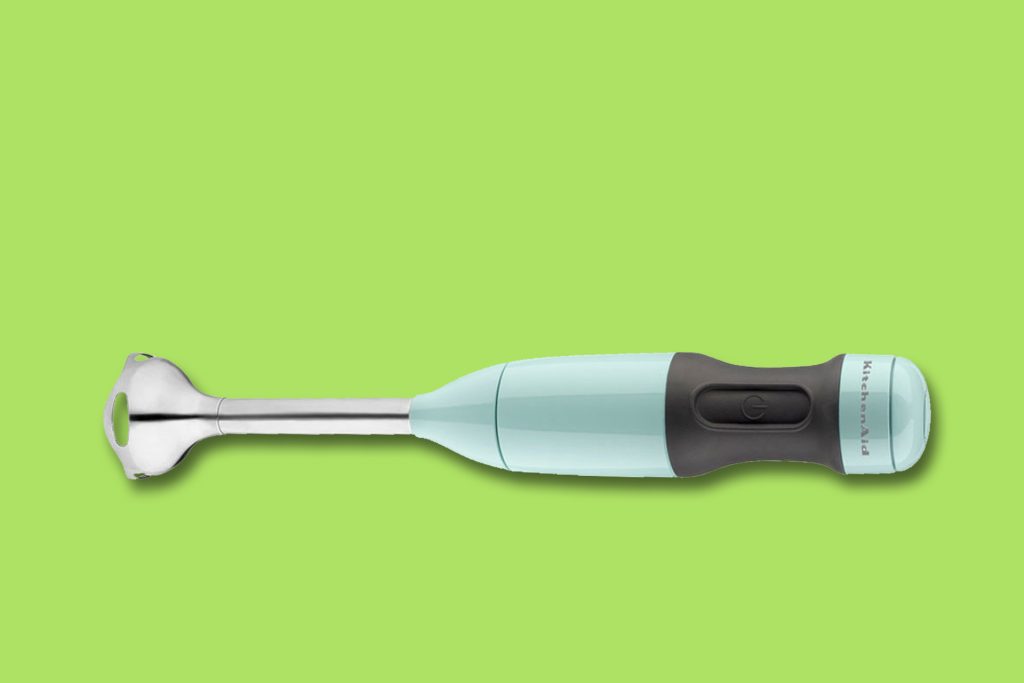
Barista Milk Vs. Normal Milk
Many brands advertise their dairy or plant-based milk as barista milk. Barista milk is a blend of milk known as super milk that has a higher protein count and more fat than regular milk. Non-dairy Barista milk is far more common than dairy blends. Extra protein and fat are added to help the milk form into a dense layer of microfoam with a snow-white sheen that’s perfect for latte art. Most good artisanal coffee shops use this ultra-rich milk to offer up beautifully decorated lattes and amazing-tasting cappuccinos. The fat content of barista milk arrives at anywhere between 4% to 5% placing it much higher than whole milk, which only has 3.25% fat on average. It’s a little more expensive than conventional milk but only by about 10%, which makes it the go-to choice for any latte artist, aspiring or established.
Best Milk For Frothing UK & US - Barista Milk Brands
Essentially, the best milk for frothing comes down to freshness and its balance of protein and fat. Super milk/Barista milk is clearly the very best available for frothing for most. Nothing can compare to the density, texture, and feel of the microfoam nor its ability to be used artistically for delicate art. The only worthy alternative is a combination of fresh whole milk mixed with additional full cream to increase its concentration of fat. This being said, there are several popular Barista milk brands that have captured the attention of coffee fans and latte artists around the world.
In the US, the following super milk brands are the most-trusted and favored by coffee lovers:
– Maple Hill Shelf Stable Whole White Milk – DAIRY – Cow’s milk, higher than normal fat content results in dense, creamy microfoam with good settling time. Click here for reviews and price check on Amazon.
– Califia Farms Oat Milk Barista Blend – VEGAN – Oat milk, fantastic steaming capabilities reaching thick silky microfoam perfectly formed from tiny bubbles. Click here for reviews and price check on Amazon.
– Milkadamia Macadamia Milk Latte Da Barista Blend – Macadamia milk, low calorie milk with high calcium and protein specifically formulated to make creamy, velvety foam. For use with a steam wand only. Not suitable for frothers. Click here for reviews and price check on Amazon.
– Oatly Barista Edition Oat Milk – Oat milk, dense creamy foam without oiliness that’s perfect for latte art while also imparting versatile mild flavor only. Click here for reviews and price check on Amazon.
– Pacific Natural Foods Oat Milk Barista Series – Oat milk, thick, silky foam that settles well with a tiny bubble size ideal for latte art. Click here for reviews and price check on Amazon.
Here is the best milk for frothing that UK citizens can shop for:
Avonmore Whole Super Milk – Cow’s milk, fortified with nutrients and forms outstanding microfoam that settles gradually. Click here for reviews and price check on Amazon.
Almond Breeze Barista – Almond milk, takes additional time to froth but produces tiny bubbles ideal for latte microfoam. Click here for reviews and price check on Amazon.
Alpro Barista Coconut – Coconut milk, forms good froth but dry foam with medium-sized bubbles. Click here for reviews and price check on Amazon.
Califia Farms Oat Barista – oat milk, develops incredible froth and large bubbles that settle to moist microfoam with a silky consistency. Click here for reviews and price check on Amazon.
Good Hemp Barista – Hemp milk, other than strong aroma, excellent frothing with dense microfoam -and long settling time. Click here for reviews and price check on Amazon.
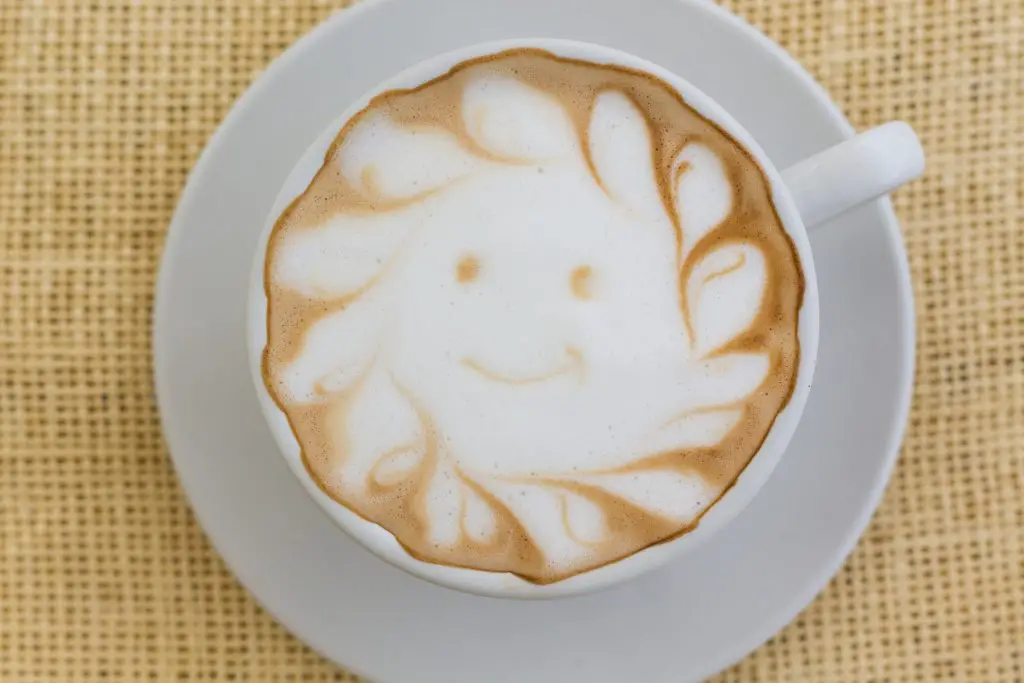
So there you have it!
The right milk will lift a regular coffee to an all new height with both the look and flavor being enhanced. The best milk for frothing is a milk that has the right balance of protein and fat, such as whole dairy milk or a Barista blend of diary free milk.
Everyone will have their own preference, but ultimately any milk with a fat content of 3% or higher and protein of around 3.5% is ideal for forming thick, decadent micro foam well-suited to latte art and tastier coffees in general.
You May Also Like
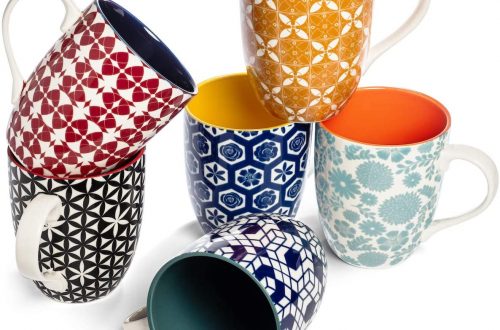
Annovera Coffee Mugs: What Makes Annovera So Popular?
May 15, 2022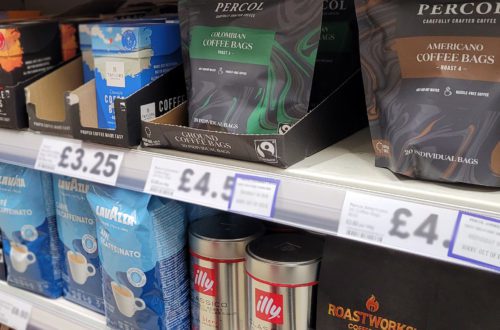
7 Things of What to Look for When Buying Coffee
February 26, 2023